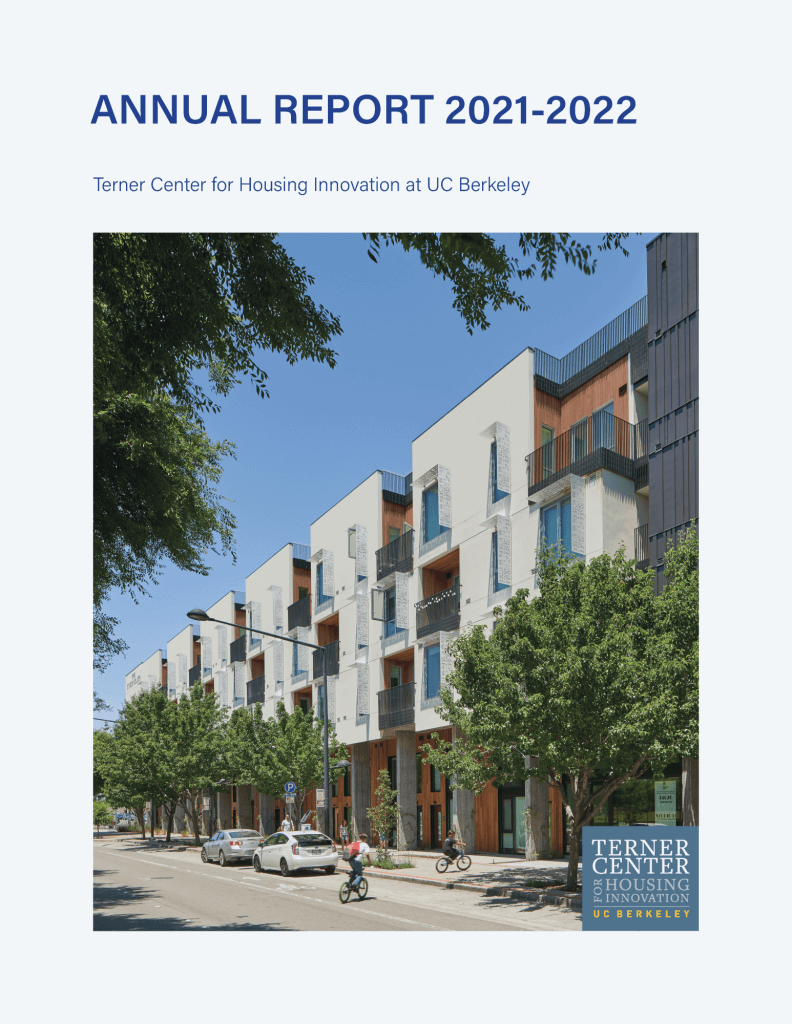Creating a Stronger Housing Element: The Example of Los Angeles
Published On August 3, 2021
In recent years, California has undertaken several unique strategies to both better quantify housing needs at the local level and to encourage and require localities to plan for growth. Strengthening the Housing Element is one such strategy. The Housing Element serves as a planning framework requiring all California cities to respond to state targets for expected household growth on an eight-year cycle. For many years, however, these documents have not been truly reflective of development realities on the ground, with sometimes unrealistic assessments of development potential. Recent state laws have strengthened the requirements that go into Housing Element certification, and the resulting changes will necessitate more rigorous analysis for how the siting of new housing is planned.
A new blog post authored by Terner Center Fellow Issi Romem and Graduate Student Researcher Samantha Wilkinson shows how one city—Los Angeles—used data-driven evidence, including original analysis conducted by the Terner Center, to justify their Housing Element sites and estimate the likelihood of future residential development. The post offers findings from the City of Los Angeles’ draft Housing Element and insights into how other cities might adopt a data-driven approach to better reflect development conditions and better understand what land use changes might be needed to meet projected housing needs. Read more here.





